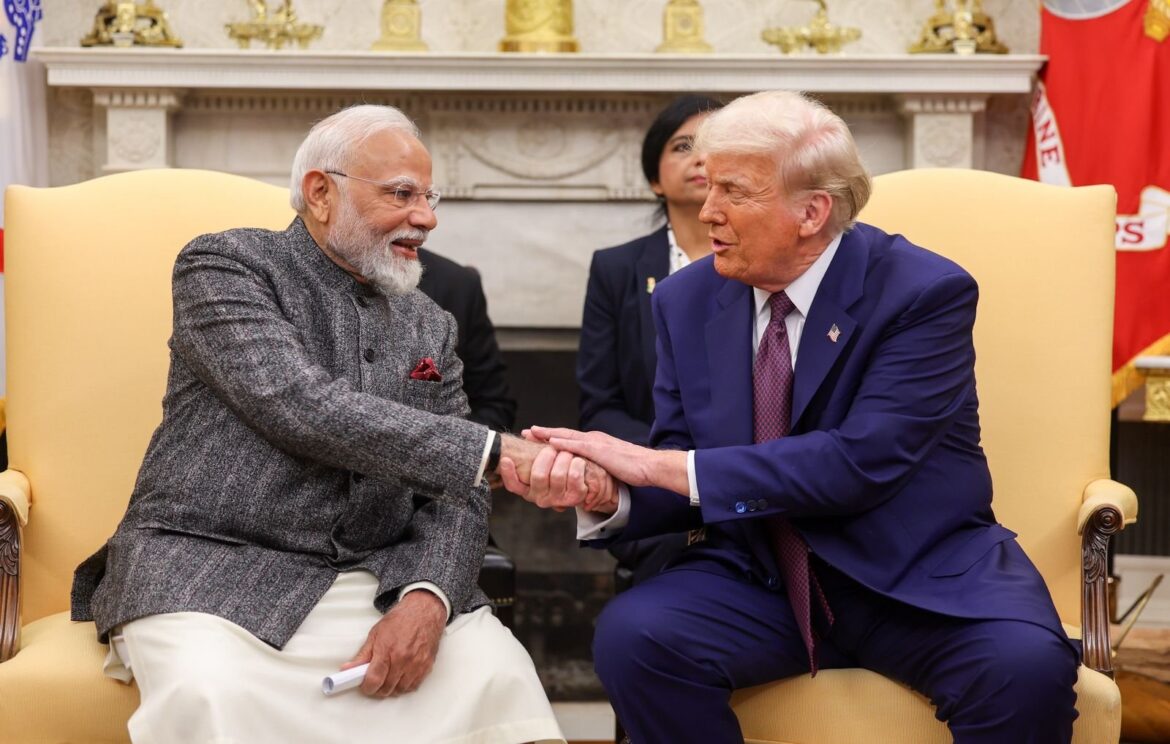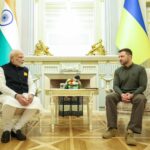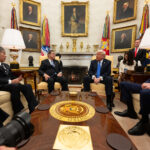In more ways than one, it is sad to see a relationship that was nurtured by many Prime Ministers and Presidents over the last twenty-five years being allowed to go down the drain – and for reasons no one is even sure of. These days, President Donald Trump does not refer to India as having the “highest tariffs in the world” or being a “tariff king.”
Instead, he keeps repeating that he interceded to stop the short war between India and Pakistan over the terrorist attack in Pahalgam and the ensuing Operation Sindoor, an assertion that India will not even touch with a large barge pole.
An irritated President Trump, seeing he is unable to add his “mediation” in his curriculum vitae for the Nobel Prize that he so much wants, is miffed. Adding to this is speculation in the media that President Trump dialed Prime Minister Narendra Modi four times in the recent past but could not connect. All this remains in the realm of speculation, as neither Washington nor New Delhi will confirm. The same goes for the conversation between the two leaders in June. No one knows the details of the private discussion, yet it has not stopped the so-called conversation reported with “sources” being a convenient fallback.
It is not that New Delhi was bent out of shape when the Trump administration rolled out the red carpet to Pakistan’s Field Marshal Asif Munir or promised all the goodies that came with the visit. The trip of Pakistan’s Chief of Military Staff to the United States twice was perhaps planned to irritate India on top of the “mediation” claim; but even this has been brushed off.
Nor did New Delhi lose much sleep when Pakistan quickly nominated President Trump for the Nobel Prize. Not many have forgotten President Trump’s New Year gift to Islamabad on January 1, 2018, through a tweet: “The United States has foolishly given Pakistan more than 33 billion dollars in aid over the last 15 years, and they have given us nothing but lies & deceit, thinking of our leaders as fools. They give safe haven to the terrorists we hunt in Afghanistan with little help. No more!”
While President Trump has been careful not to up the ante in recent days, his senior officials and advisors in the White House are doing an adequate job of keeping the tensions simmering. This has come about in many ways: such as referring to India’s purchase of Russian oil as prolonging the conflict between Russia and Ukraine, calling India the “oil money laundromat” for the Kremlin, or even going to the extent of describing the raging conflict as “Modi’s war.”
In all the hoopla generated, Trump administration officials have conveniently forgotten how the Ukrainian mess even came about or why the Biden administration could not stop President Vladimir Putin, even in the face of American intelligence stressing that Russian tanks were getting ready to roll. It was easy for the West to keep egging Kyiv to fight till the last Ukrainian.
As if all the goings-on were not enough, word came from Washington that President Trump is nominating the Director of Personnel in the White House, Sergei Gor, as the next Ambassador to India – a post that has been vacant since Eric Garcetti packed his bags with the new scheme of things. But here was the irritant: Ambassador Gor, upon coming to India after his confirmation in the Senate, will also serve as the President’s Special Envoy to South and Central Asia.
Some see this dual post as an attempt to meddle in India-Pakistan affairs, but this is not something new Washington has toyed with. President Barack Obama wanted the late Richard Holbrooke to be his Special Envoy for South and Central Asia, but the idea fell by the wayside when New Delhi refused to engage, eventually letting Holbrooke shuttle between Pakistan and Afghanistan.
The 38-year-old Ambassador-designate Gor is seen as a close confidante of President Trump and hence an advantage to India at a critical time. Not many have the kind of access Gor will likely have in talking to the President directly, with or without the involvement of the State Department.
There are some who ruminate that Ambassador-designate Gor is not only too young but also does not have the adequate wherewithal to get involved in India or South Asia; hence his nomination hearings will be carefully watched for every word he utters. What needs to be kept in mind is that it is not always possible to have a John Kenneth Galbraith, Chester Bowles, or Daniel Patrick Moynihan; but other American envoys have still kept the betterment of bilateral relations high on the agenda.
The first task of the new envoy to India will be to try to undo the damage that has been done, not just by the 25 percent tariffs plus 25 percent sanctions for the purchase of Russian oil, but also by the sting of unwarranted comments coming out of Washington in the recent past. New Delhi has made it clear that it is not going down the tit-for-tat route and has rejected reports that it canceled or put on hold sales of military hardware from the United States.
In fact, there is an opinion in India that the Modi government should have played hardball when the 50 percent tariffs were first touted: telling Washington that not only military hardware but also all civilian projects, such as civilian nuclear plants and commercial jets, to mention a few, cannot proceed with the sword of punitive measures hanging over India’s head.
Disclaimer: The opinions and views expressed in this article/column are those of the author(s) and do not necessarily reflect the views or positions of South Asian Herald.






